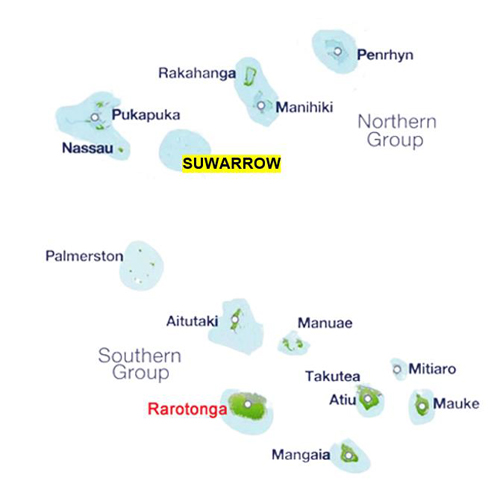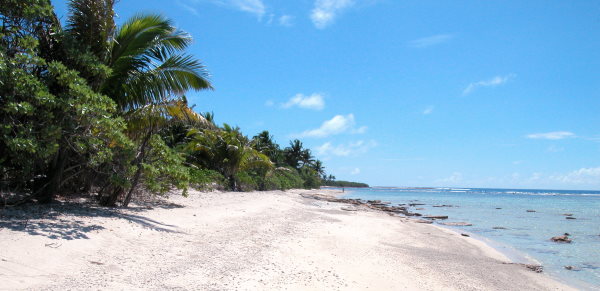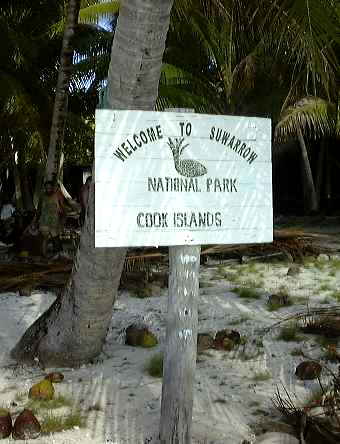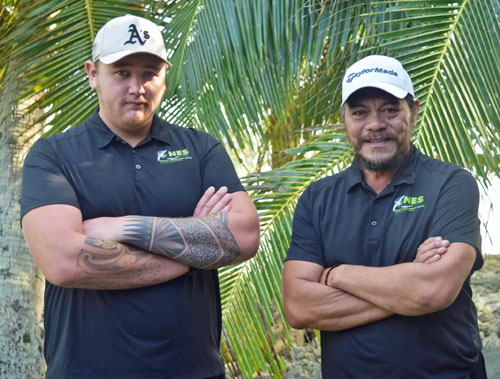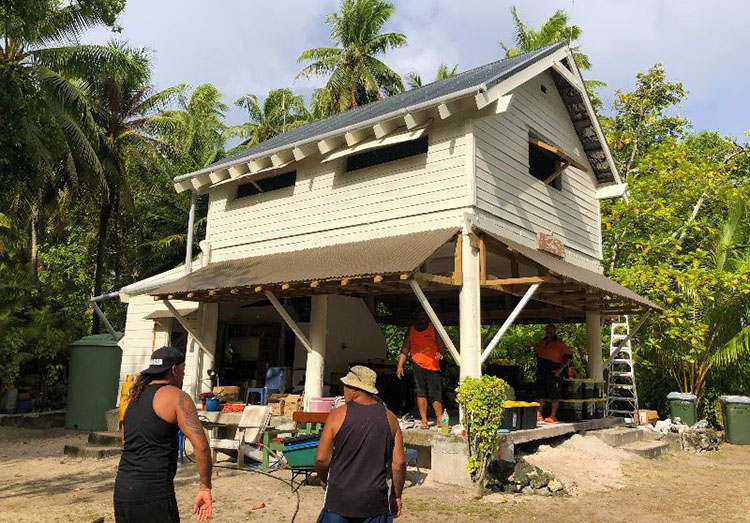The London lad who followed in Tom's footsteps
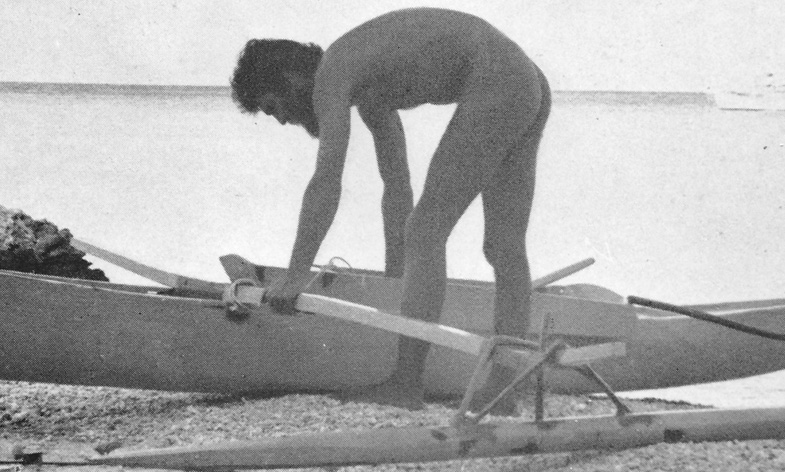
Few people know that Tom Neale was not the only person to live alone on Suwarrow. In the summer of 1965, a 26 year old former art student from London, Michael Swift began nearly a year of life as a hermit on the remote island. He persuaded New Zealand brothers, John and David Glennie to put him ashore with his possessions after joining the crew of their trimaran, 'Highlight' at Tahiti in July, 1965. He spent the first two months living mostly on uto which is the nutritious kernel of the mature coconut because he didn't know what else was safe to eat. His home was the hut formerly occupied by Tom Neale.
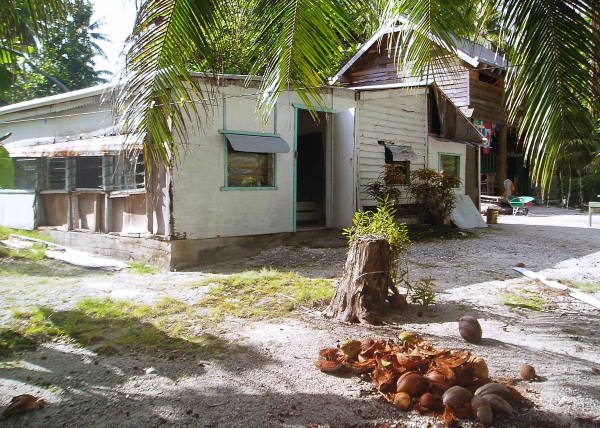
But Swift was an illegal immigrant according to the Cook Islands government because he didn't have permission to stay on the island. On 2nd December, 1965, John Tariau - then MP for Pukapuka - sailed into Suwarrow lagoon to tell him so.
Swift told him he'd found peace and contentment on the island and under no circumstances was he returning to Europe. He signed an indemnity paper absolving the government of any responsiblitity to send a vessel to take him off the atoll, and before being left alone again he was presented with supplies and given tips on survival.
He turned up in Rarotonga on March 12, 1966 saying he was going to head for New Zealand to work so he could buy a boat and return to Suwarrow. When he learned in 1970 that Neale was back on the atoll, he went to live on Aitutaki instead. He's reported to have said that Suwarrow wasn't big enough for both of them! The last recorded
information about Swift is from March 16, 1971 when he appeared before the High
Court in Rarotonga, pleaded guilty to possessing marijuana and was jailed for a month.
Summary of Michael Swift's stay on Suwarrow from "Sisters in the Sun" by A.S. Helm and W.H. Percival (published by Robert Hale & Company, 1973). The information itself is derived from contemporary reports in 'Pacific Islands Monthly' and is the source of additional detail here. Only known photo of Michael Swift by Dr Koekoe Mokotupu
